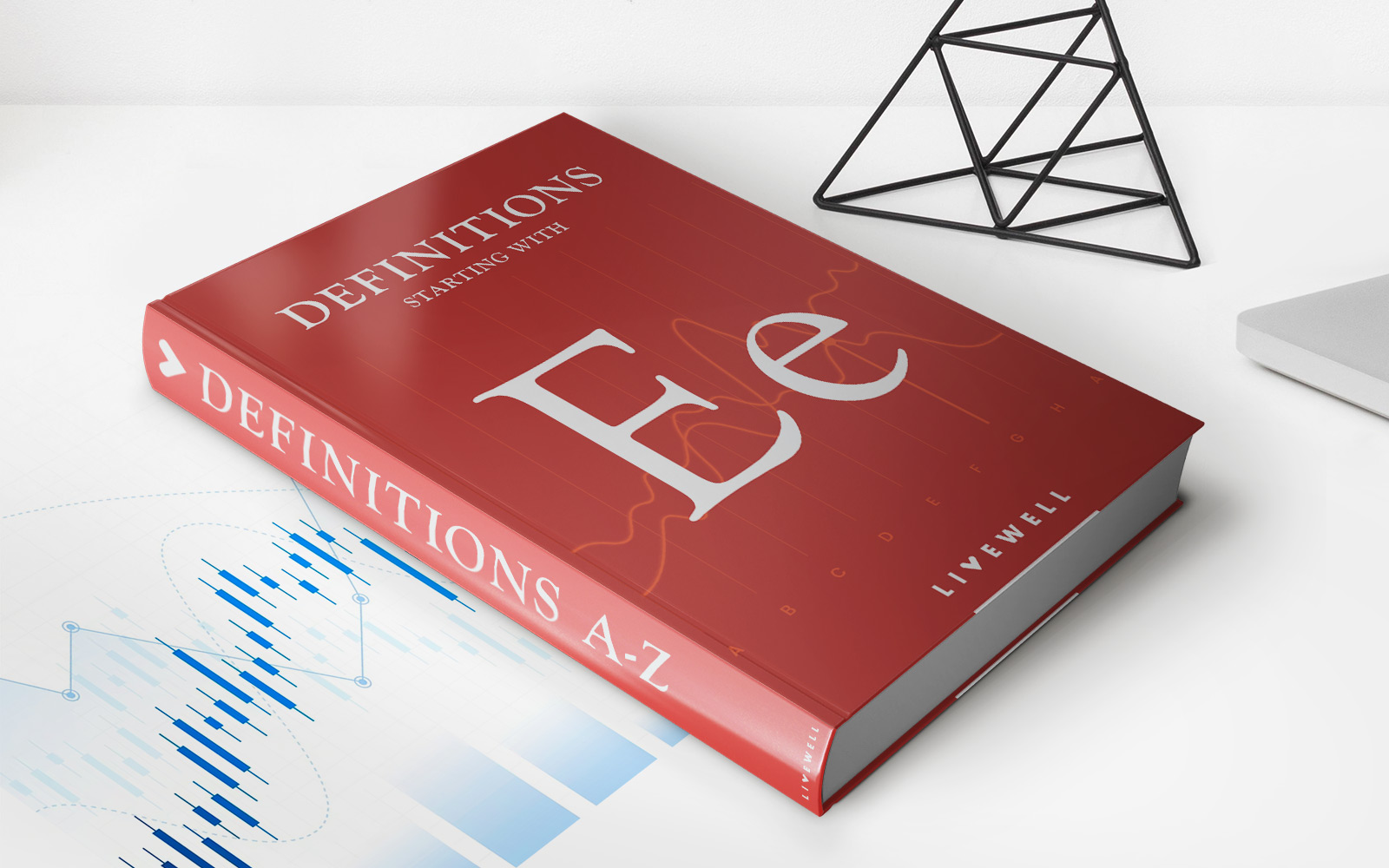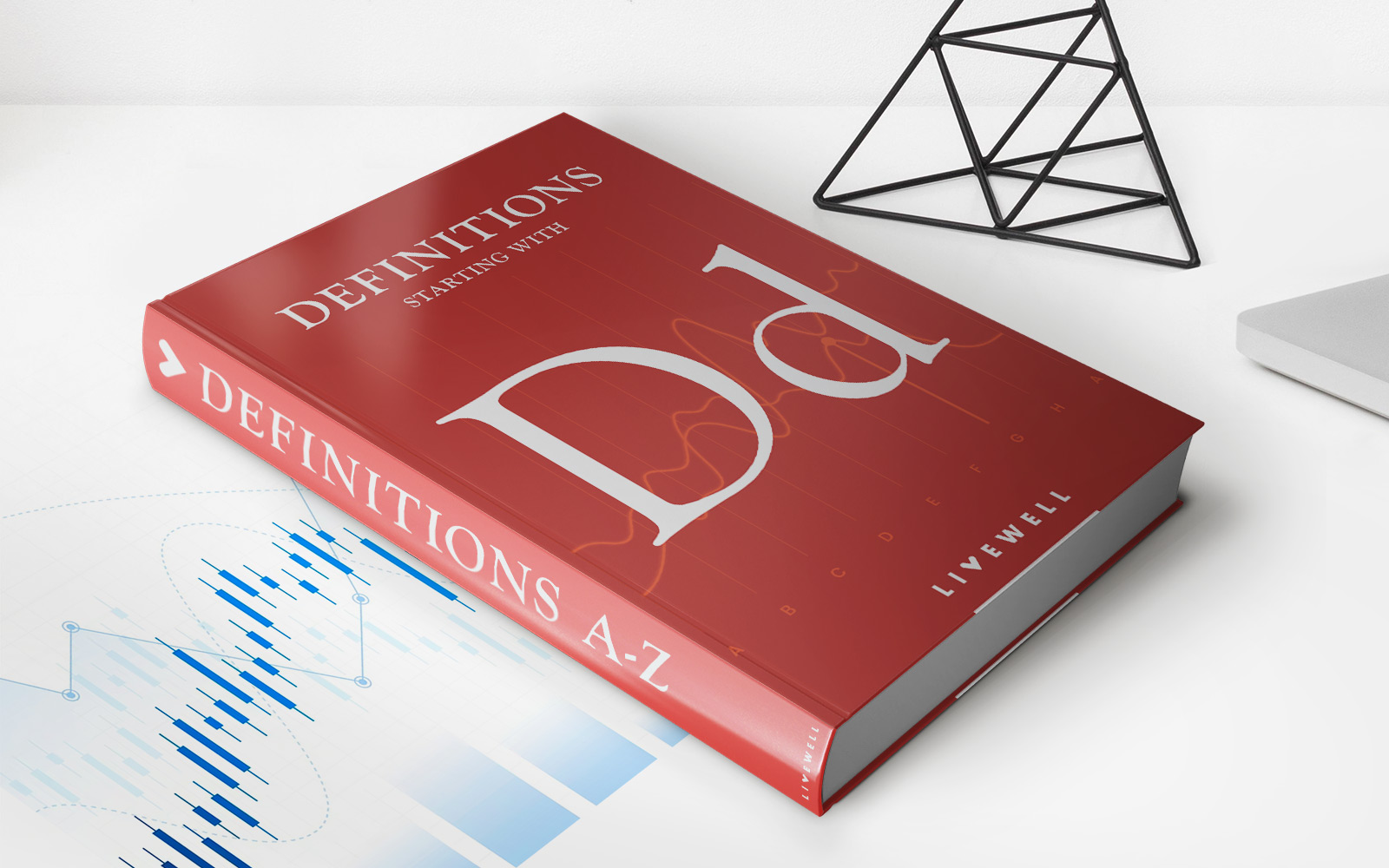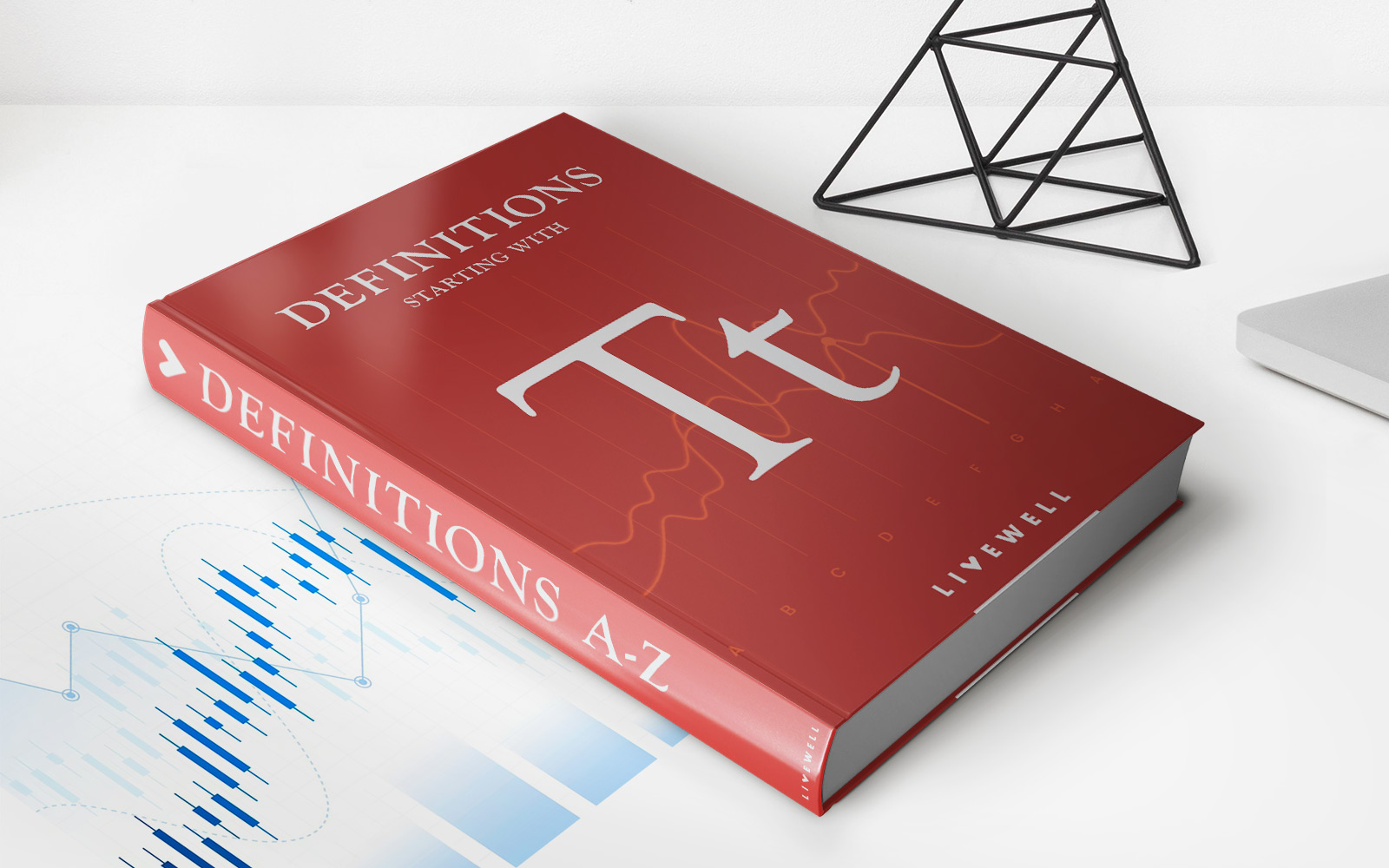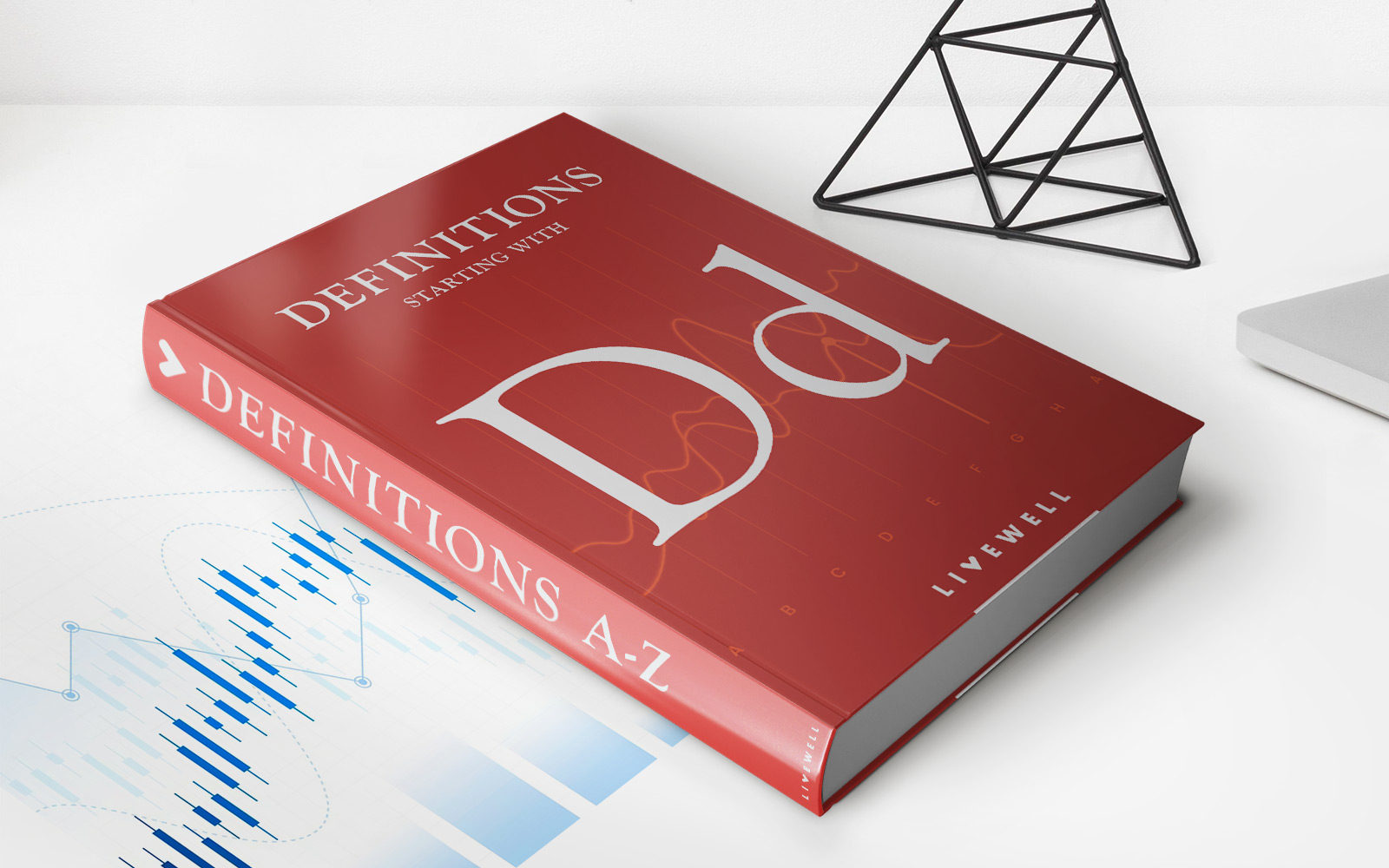Home>Finance>Shareholder Equity Ratio: Definition And Formula For Calculation


Finance
Shareholder Equity Ratio: Definition And Formula For Calculation
Published: January 28, 2024
Learn the definition and calculation formula for the shareholder equity ratio, a vital financial metric in the field of finance. Boost your financial knowledge today!
(Many of the links in this article redirect to a specific reviewed product. Your purchase of these products through affiliate links helps to generate commission for LiveWell, at no extra cost. Learn more)
Understanding Shareholder Equity Ratio: Definition and Formula for Calculation
When it comes to understanding the financial health of a company, there are several key metrics that investors and analysts turn to. One such metric is the Shareholder Equity Ratio, which measures the proportion of a company’s assets that are financed by shareholders. In this blog post, we will explore the definition of shareholder equity ratio and how to calculate it, providing you with valuable insights into this important financial indicator.
Key Takeaways:
- The shareholder equity ratio is a key financial metric used to assess the extent to which a company’s assets are financed by shareholders.
- Calculating the shareholder equity ratio involves dividing total shareholder equity by total assets.
What is Shareholder Equity Ratio?
The Shareholder Equity Ratio, also known as the Equity-to-Assets Ratio, is a financial ratio that provides insight into the proportion of a company’s assets that have been financed by shareholders. It is an important indicator of a company’s financial health and stability since it represents the amount of ownership or interest that shareholders have in the company.
Shareholder Equity is the residual interest in the assets of a company after deducting liabilities. It represents the net worth of a company and can be calculated by subtracting total liabilities from total assets. By comparing the shareholder equity to the total assets, we can determine the extent to which the company’s assets are funded internally by shareholders.
Calculating Shareholder Equity Ratio
Calculating the Shareholder Equity Ratio is quite straightforward. The formula is as follows:
Shareholder Equity Ratio = Shareholder Equity / Total Assets
The result is typically expressed as a decimal or percentage. A high shareholder equity ratio indicates that a significant portion of a company’s assets is financed by shareholders, which is generally viewed favorably. On the other hand, a low shareholder equity ratio may suggest that the company relies heavily on external financing, such as debt.
Why is Shareholder Equity Ratio Important?
The Shareholder Equity Ratio is an important metric for investors, lenders, and analysts as it provides insights into a company’s financial stability and risk. Here are some key reasons why this ratio is important:
- Financial Health Assessment: A higher equity ratio suggests that a company has a stronger financial position, as shareholders have a larger stake in the company. It indicates that a company is less reliant on external financing, which can be a positive sign of stability.
- Risk Assessment: A low equity ratio may indicate a higher reliance on debt financing, which could increase financial risk for the company. Examining this ratio can help investors and lenders assess the risk profile of a company and determine its ability to weather financial challenges.
In Conclusion
The Shareholder Equity Ratio serves as a crucial measure of a company’s financial health and risk. By understanding this ratio and its calculation, investors and analysts can gain valuable insights into a company’s capital structure, its reliance on shareholder financing, and potential risks it may face. Keep in mind that this ratio should be considered in conjunction with other financial metrics and factors to get a comprehensive assessment of a company’s financial position.














